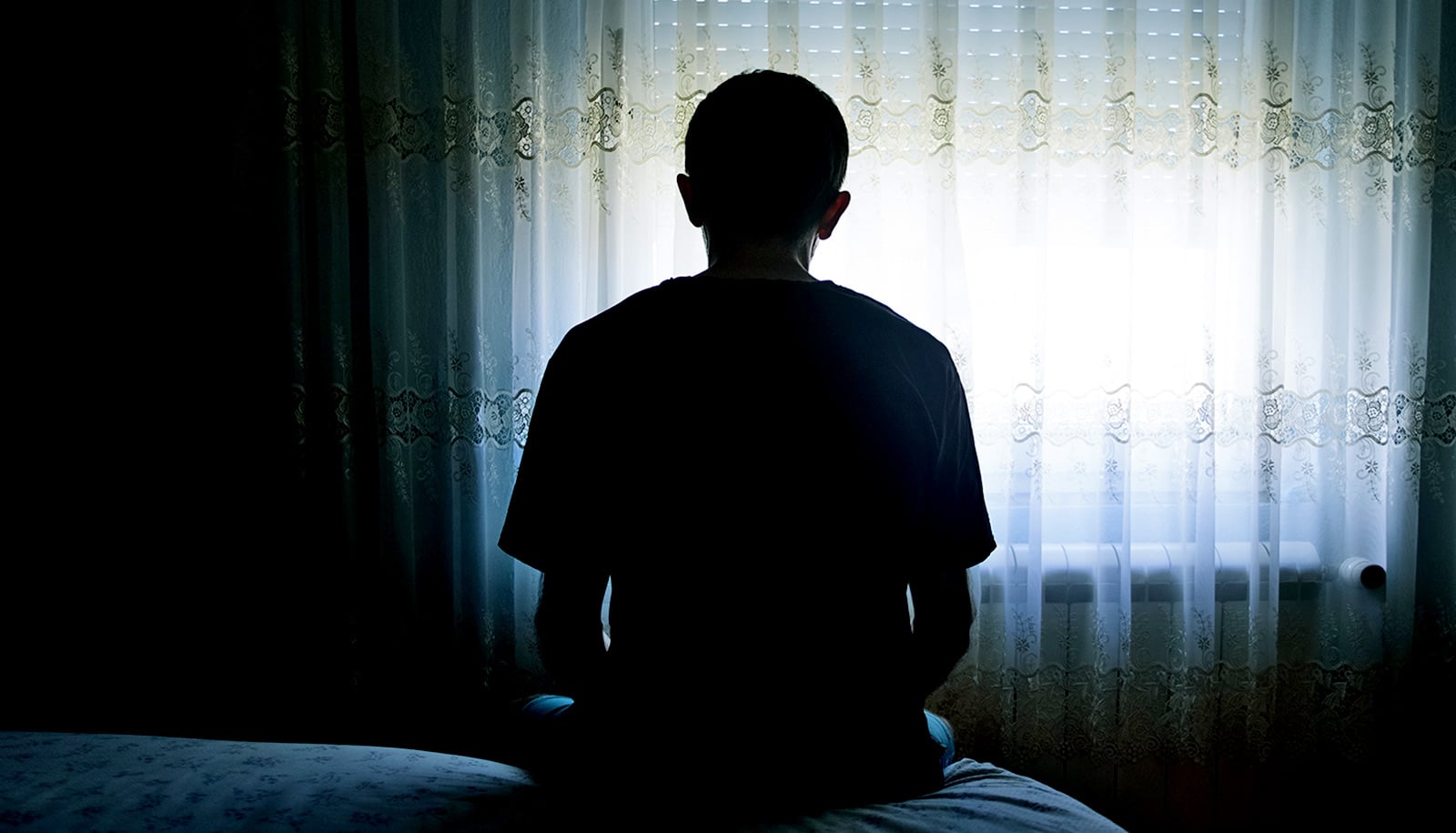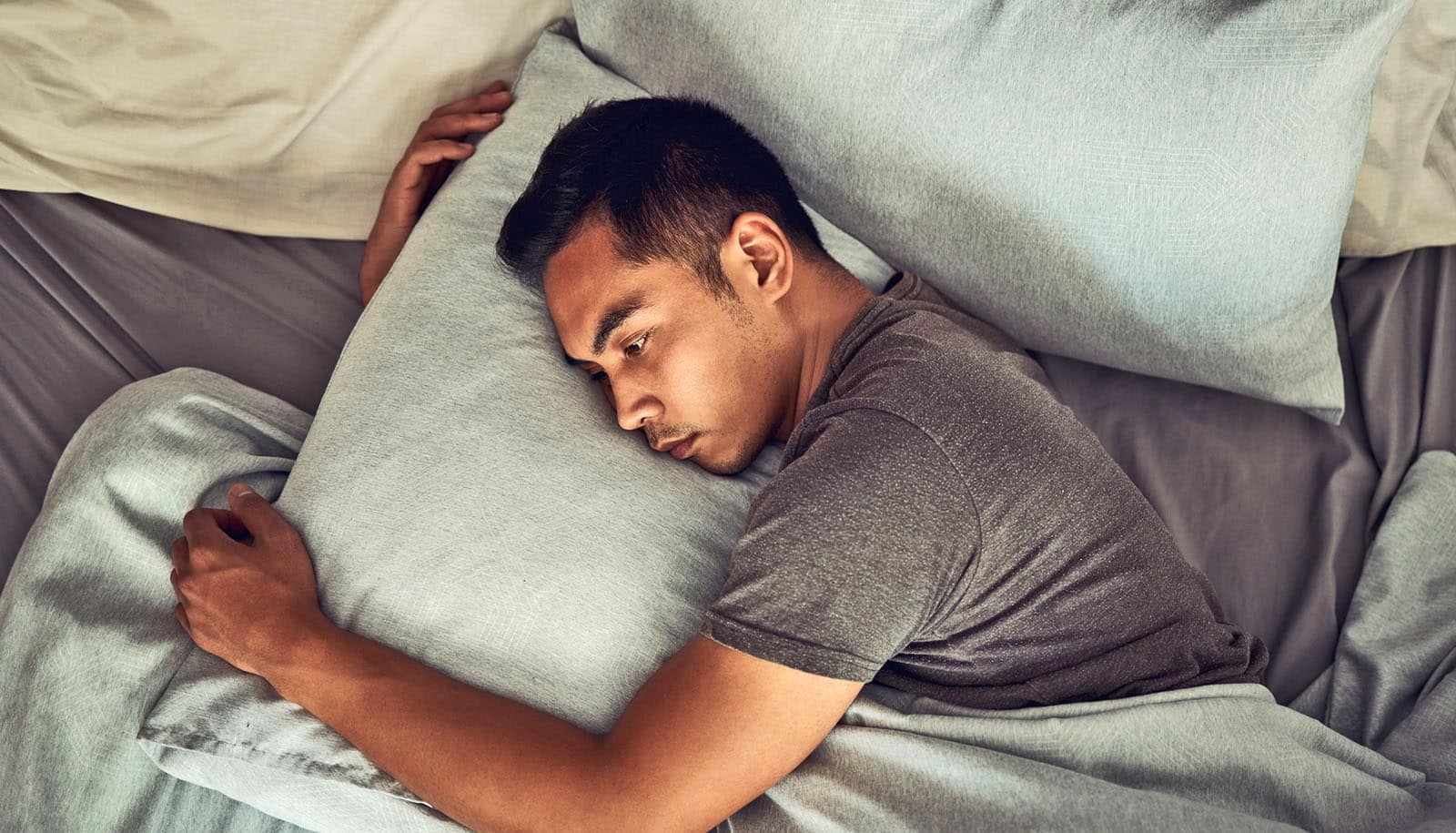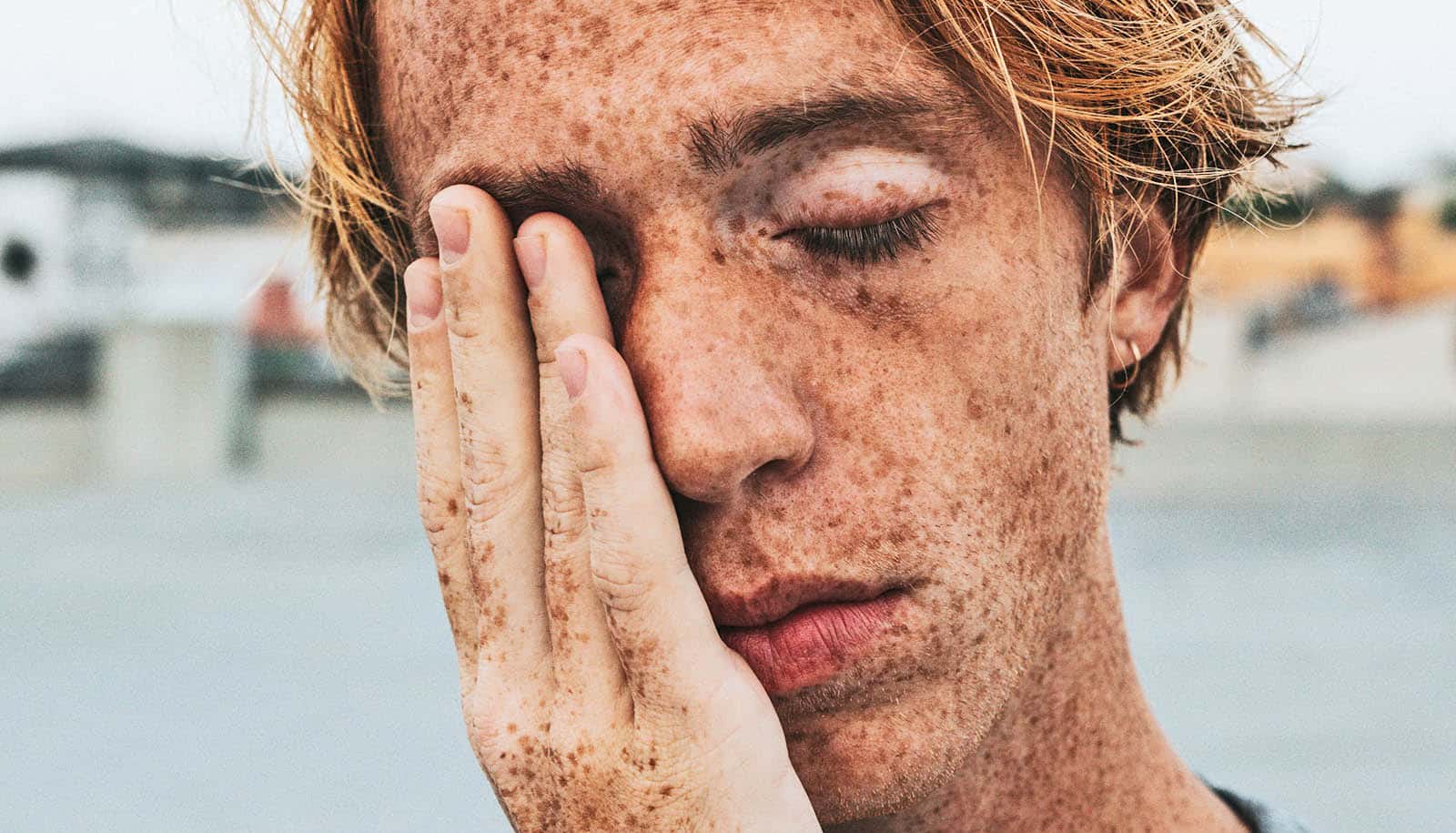A new study shows that risks for death by suicide and homicide peak at night.
The researchers found that nighttime wakefulness, age, alcohol use, and relationship conflicts were especially prevalent as contributing factors.
Nearly 19% of suicides and 36% of homicides occur at night. Suicide and homicide share little in common, but their highly concordant overnight risk patterns suggest a common feature: nighttime wakefulness.
To reach the suicide and crisis hotline, available 24 hours a day, call 988.
“Disrupted sleep may acutely impair rational thought, which can drive impulsive behaviors in vulnerable individuals,” says lead author Andrew Tubbs, a researcher in the sleep and health research program at the University of Arizona College of Medicine–Tucson’s psychiatry department.
“Our analysis of 15 years of data across the US showed that there is a fivefold greater risk for suicide and an eightfold greater risk for homicide between 2AM and 3AM when adjusting for the number of people who are awake and capable of suicide or homicide.”
The paper appears in the Journal of Clinical Psychiatry.
“The fact that these overnight risk patterns apply to both suicide and homicide is striking,” says senior author Michael Grandner, an associate professor of psychiatry, director of the Behavioral Sleep Medicine Clinic, and a BIO5 Institute member.
“In our review of more than 78,000 suicides and 50,000 homicides, we can find some insight into why nocturnal wakefulness—what we are calling ‘the mind after midnight’—carries a distinct risk for dysregulated behaviors.”
The authors’ “mind after midnight” hypothesis proposes that nocturnal wakefulness deteriorates the brain’s complex decision-making functions and reduces rational thinking during a time when negative mood is at its peak, positive mood is at its lowest, and risk/reward processing is distorted.
The findings supported that hypothesis. Nighttime risk was greater among adolescents and young adults, people who were intoxicated with alcohol, and those experiencing current partner conflict, but not among those who used cannabis or were depressed.
Individuals aged 15-24 experienced a threefold greater nighttime risk for suicide, while there was an unexpected suicide risk among older adults at 6AM. Risk for homicide did not vary by age, though young adults accounted for more than half of all homicide victims.
“Few studies have examined time-of-day trends in violent crime,” Tubbs says. “Future studies could clarify what exactly is happening in the brain to predispose people to these sorts of risks and whether evidence-based strategies to improve sleep and reduce nighttime wakefulness can help reduce the risks and prevent these tragic outcomes.”
The number for the suicide and crisis hotline, available 24 hours a day, is 988.
Source: Jamie Manser for University of Arizona



